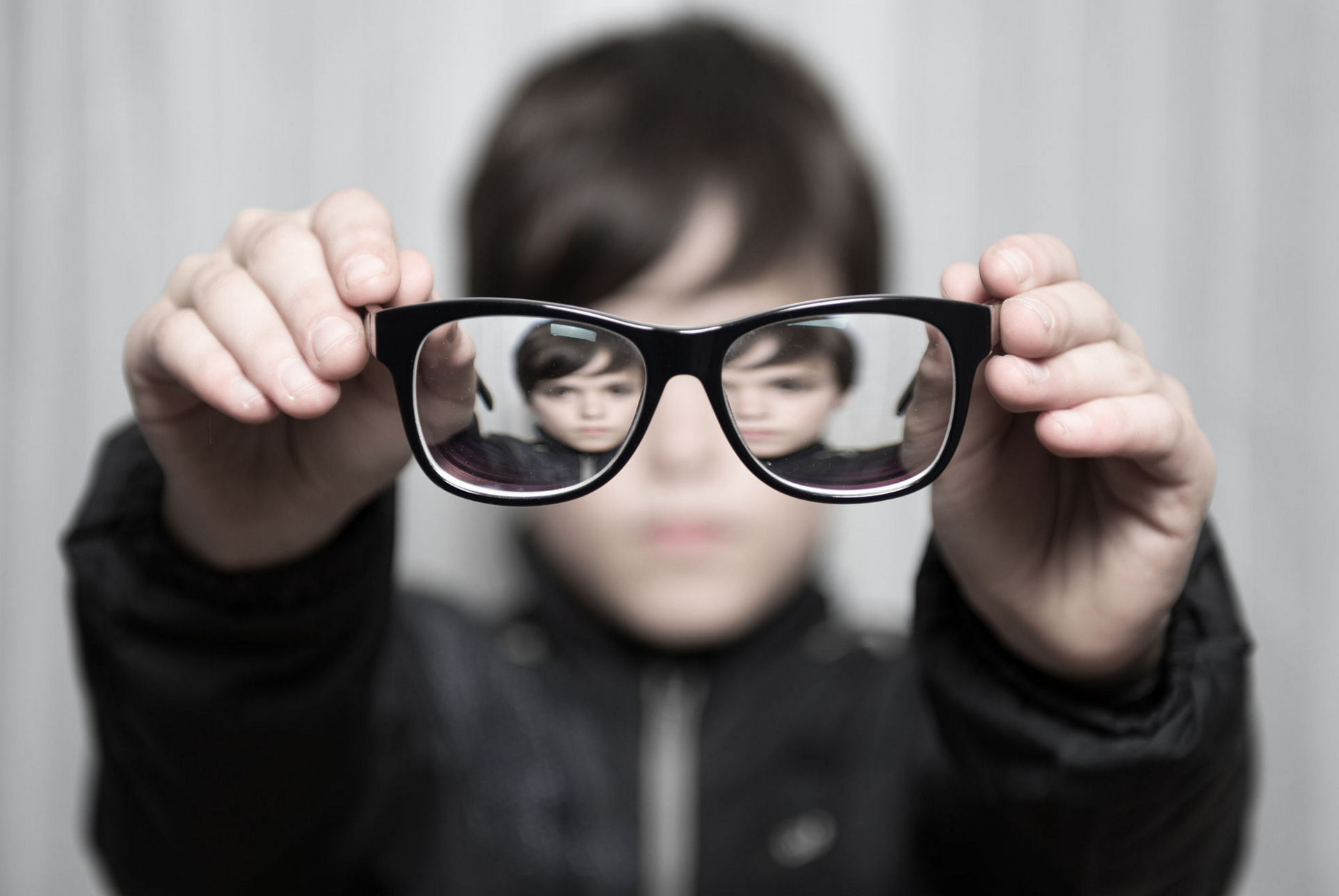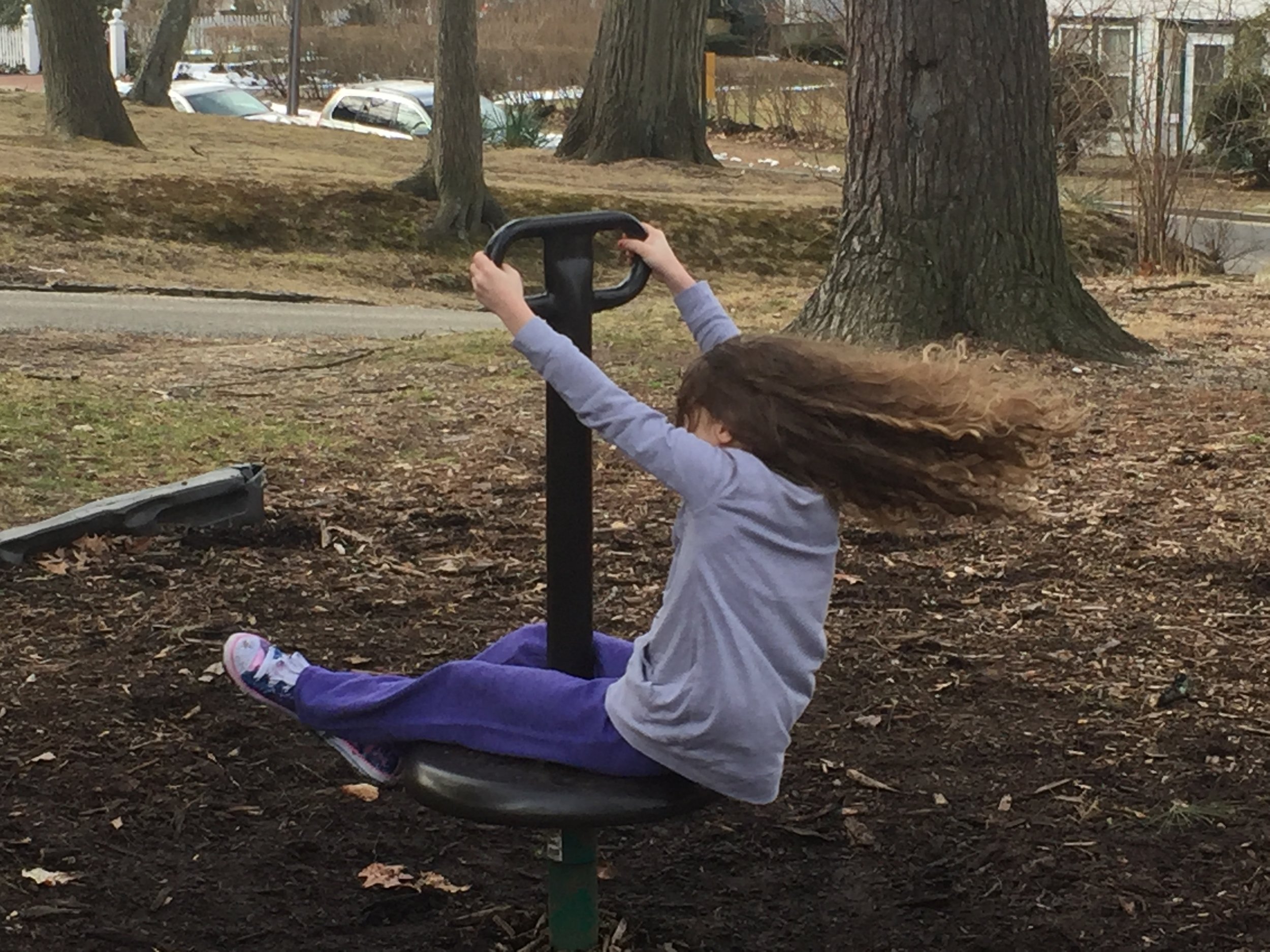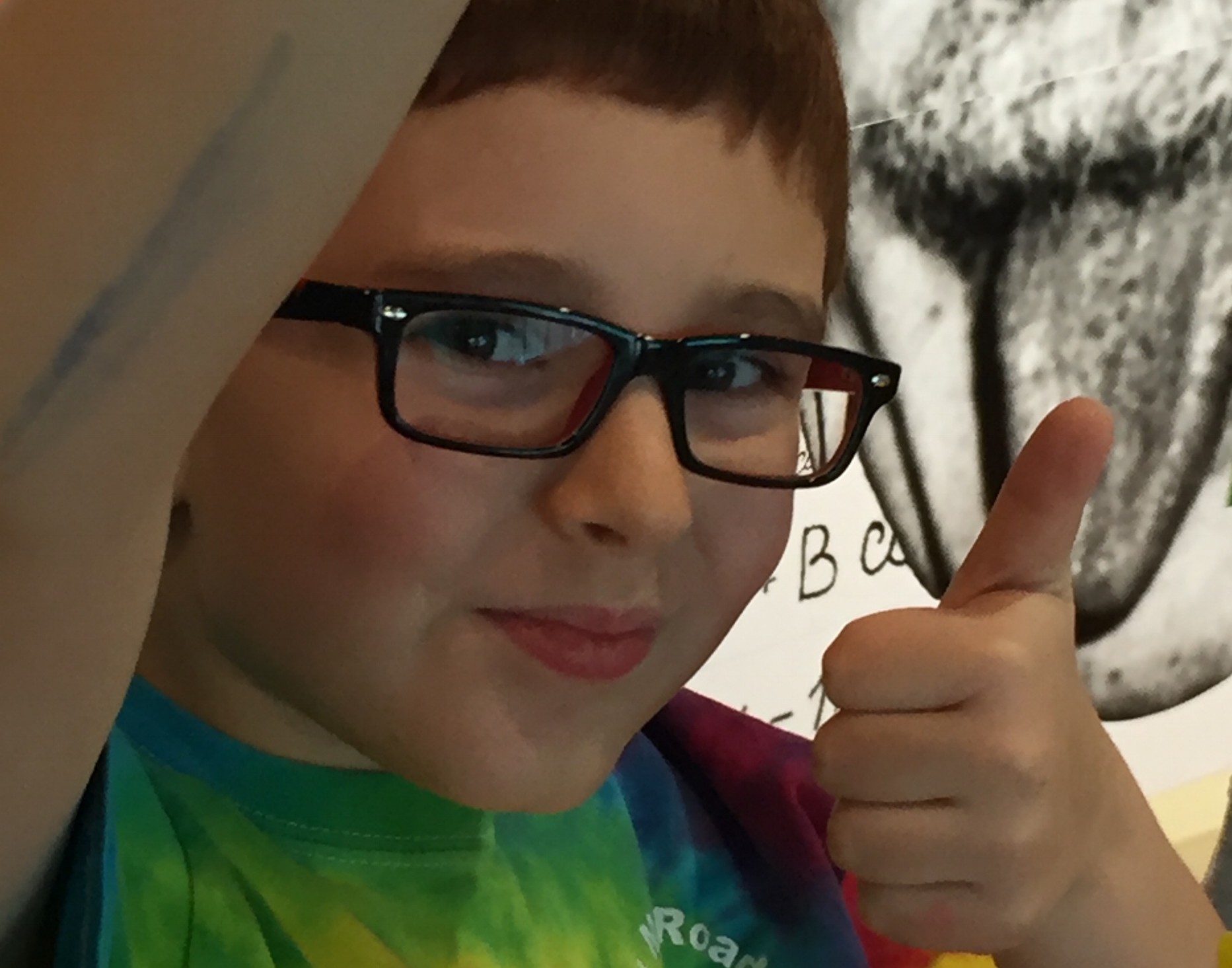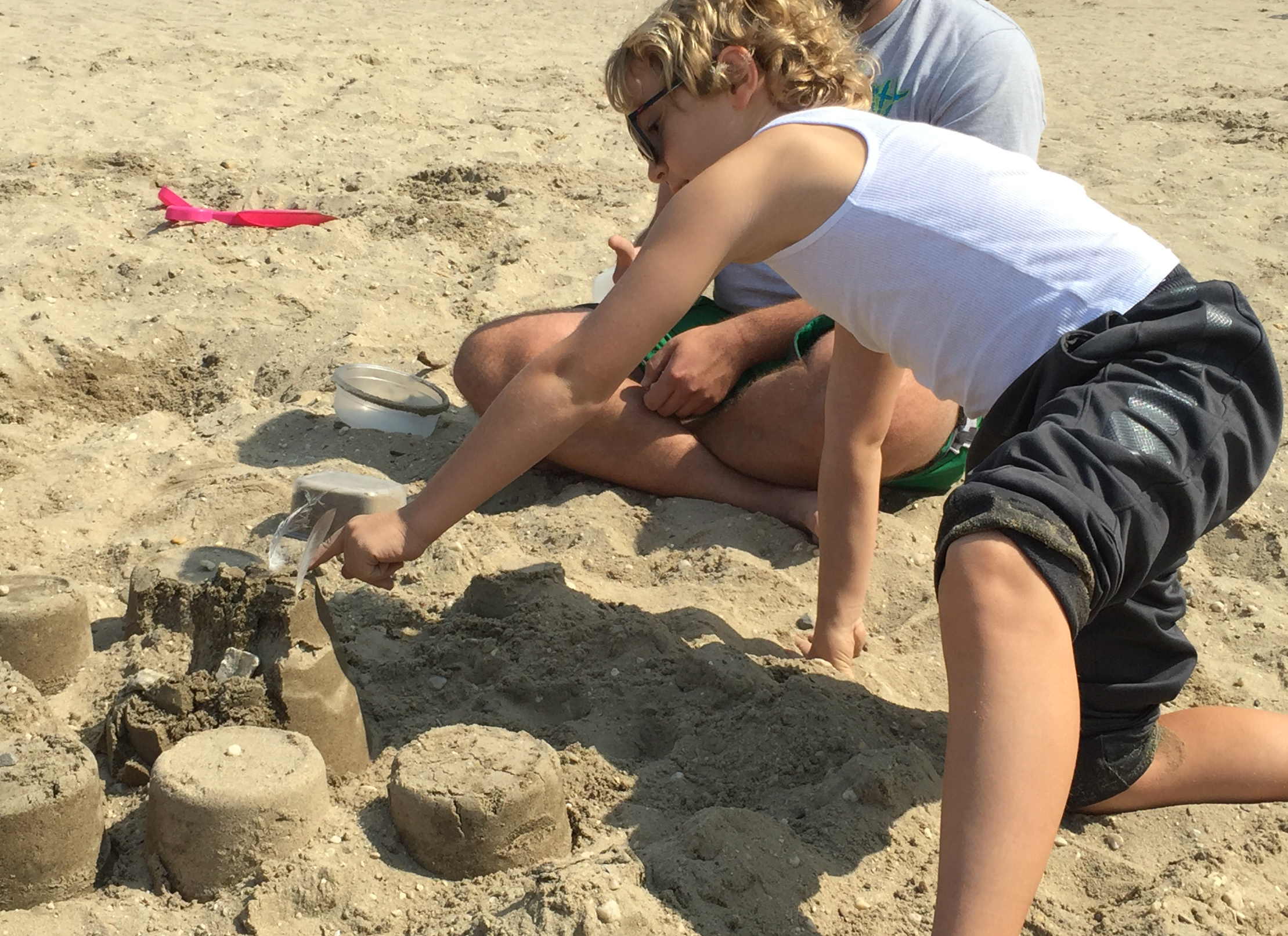
Understanding 2e
The twice-exceptional label sits at the intersection of many identifying characteristics. Providing the best support to twice-exceptional individuals requires understanding all characteristics that contribute to their experiences. This page gives an overview of the characteristics that contribute to the twice-exceptional label, what it looks like for individuals who are 2e, and the dual lens view of combined strengths and challenges needed to help them to to thrive.
What does it mean to be neurodivergent?
Neurodiversity refers to the broad diversity in how every person’s brain works. There isn’t any one type of healthy or normal type of brain. The social dynamics around this diversity are similar to those around other forms of diversity, including inequities that others create based on social power dynamics and the strengths found when diversity is embraced.
Neurodivergent refers to those who differ from the societal majority or norm(also known as neurotypical). Most commonly, the term neurodivergent describes those labeled with neurodevelopmental disorders, such as autism, ADHD, and dyslexia. However, it applies to a much broader population. Thus, being neurodivergent can mean many different things to each individual who uses the label. Still, generally, they are unified in how they process, experience, and communicate things, which differs from a neurotypical majority.
Neurodiversity-inclusive is how an environment, event, or service is made accessible and inclusive for all neurotypes. Typically, this focuses on making more of an effort to include those who are neurodivergent because they differ from the majority.
This article thoroughly defines these and several other terms related to the neurodiversity paradigm and the neurodiversity movement. Find out more here.
What does it mean to be gifted?
“Giftedness is characterized by uneven or asynchronous cognitive development coupled with heightened emotional sensitivities and intensities. The disparity between precocious intellectual development on the one hand and normal physical and skill development on the other creates inner experiences and awarenesses for the gifted child (and adult) that are qualitatively different from the norm.”
Giftedness is a broad term most commonly used in educational settings. It refers to individuals whose abilities (academic or non-academic) are significantly above average compared to their peers. Gifted individuals may excel in academics, intellectual ability, creativity, leadership, and visual or performing arts. Giftedness is a form of neurodivergence resulting from brains that work differently from the norm. As the quote above highlights, gifted individuals often have a development trajectory that differs from the norm and requires additional, specialized support.
Gifted individuals are not just defined by their challenges, but also by their unique strengths. They typically share the characteristics of intensity (intellectual, emotional, physical), high intelligence in one or more areas (academic or non-academic), independent/divergent thought processes, and idealism. They may also face challenges such as perfectionism, existential concerns, isolation, misunderstanding, and lack of outlets for creativity or ideas. However, it's important to remember that these challenges do not diminish their exceptional abilities.
What does it mean to have a disability?
Disabilities are any conditions that make it more challenging to interact with the world or complete necessary or desired tasks. There are two ways to identify a disability: through a medical model or a social model. The medical model sees disabilities as something to “fix” or “cure,” whereas the social model views disabilities as the result of society not building the world to accommodate them. For example, a medical model would focus on how to help someone in a wheelchair to walk again to help them access the facilities and activities they want. In contrast, the social model would focus on building ramps and other accessibility features so that the person in a wheelchair can access those facilities for themselves. This could mean installing ramps, elevators, or tactile paving for people with physical disabilities, or providing alternative communication methods for people with sensory or cognitive disabilities. How much each model applies to specific disabilities can vary greatly between disabilities, and what lens someone views their disability through can vary significantly, even among people with the same disability.
Under the neurodiversity paradigm, forms of neurodivergence that are also disabilities-including emotional, sensory, or learning disabilities and neurobiological disorders-are viewed through the lens of the social model of disability. It's crucial to understand that the challenges associated with these labels are not something to change about the person, but rather challenges to understand and accommodate. This idea aligns with a strengths-based approach that highlights an individual’s strengths while supporting them in areas where they face challenges, fostering a more empathetic and inclusive society.
What does it mean to be twice-exceptional (2e)?
2e individuals are simultaneously gifted and have a neurobiological disorder or emotional, sensory, or learning disability, demonstrating many combinations of superior ability in one or more areas and one or more social, emotional, or academic challenge(s) caused by a disorder or disability.
Specific disabilities that can be associated with the 2e experience include:
Physical disabilities Autism spectrum disorder
ADHD Learning disabilities such as dyslexia, dysgraphia, etc.
Emotional and/or behavioral disorders Receptive and/or expressive language disorders
Specific areas that may be challenging are:
Impulsivity Sensory sensitivity
Sensation seeking Difficulty with executive function
Processing delays Trouble with anxiety or overwhelm
Psycho-social issues
A Dual Lens for 2e
Skill development of 2e learners is typically uneven or asynchronous because of these dual exceptionalities. Due to the challenges of this atypical development trajectory, it is critical that 2e individuals are identified, recognized, and accommodated for both their strengths and challenges – and one should never be compromised for the other. This “dual lens view” is necessary to create the appropriate academic, employment, social, and emotional supports and opportunities for 2e individuals.
Characteristics:
Quick Learner High Energy
Advanced Vocabulary Perfectionism
High Abstract Learning Strong Curiosity
Keen Visual Memory/Spatial Skills Intensity/Sensitivity
Comprehends Complex Systems Wide Range of Interests
Good Mathematical Reasoning Tends to Question Rules or Authority
Sophisticated Sense of Humor Advanced in Geometry, Sciences & Arts
Imaginative/Creative/Insightful Prefers Older or Younger Peers/Adults
Long Attention Span (When Interested) Difficulty with Memorization/ Computation/ Phonics/ Spelling
“Not a diagnosis, twice exceptionality is a conceptual way of understanding, identifying and supporting the social, emotional and academic needs of a uniquely gifted learner. Not every gifted child is twice exceptional, but every twice exceptional child is gifted.”





